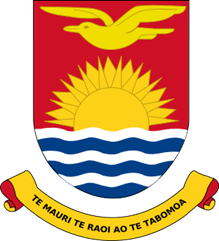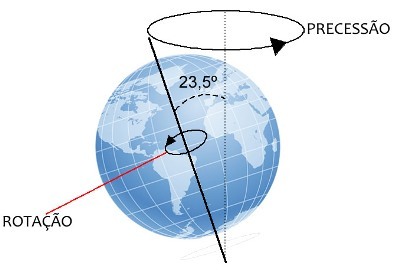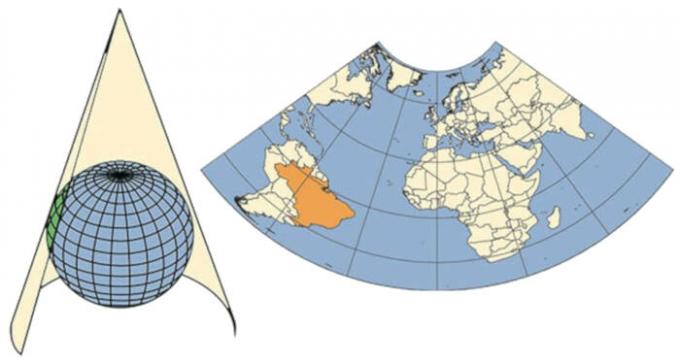Kiribati is a country in Oceania formed by 33 islands and several coral atolls in the Pacific Ocean. The national territory, whose extension is 726 square kilometers, has no land borders, being relatively close to the Marshall Islands, Cook Islands and Tuvalu.
Kiribati's population is made up of around 100,800 inhabitants, who occupy 20 of the country's 33 islands. However, with global warming, which has caused the melting of the polar ice caps, resulting in an increase in the ocean level, Kiribati could become uninhabitable in 50 years, as the territory is vulnerable to floods.
The country has an underdeveloped economy, presenting a GDP (Gross Domestic Product) of only 130 million dollars. The industrial sector in Kiribati is based on the food, chemical, furniture and apparel segments. The country also explores phosphate reserves.

Kiribati Coat of Arms
Do not stop now... There's more after the advertising ;)
Kiribati data:
Territorial extension: 726 km².
Location: Oceania.
Capital: Bairiki.
Climate: Equatorial.
Government: Presidential Republic.
Administrative division: 3 groups of islands.
Language: Ikiribati.
Religions: Christianity 96.9% (Catholics 55.1%, Protestants 41.8%), Bahaism 2.5%, Atheism 0.6%.
Population: 100,835 inhabitants. (Men: 50,005; Women: 50,830).
Demographic density: 138.8 inhab./km².
Average annual population growth rate: 1.5%.
Population residing in urban areas: 44%.
Population residing in rural areas: 56%.
Infant mortality rate: 38 for every thousand live births.
Currency: Australian Dollar.
Gross Domestic Product (GDP): 130 million dollars.
GDP per capita: $1,335.
External relations: World Bank, British Commonwealth, IMF, UN.
By Wagner de Cerqueira and Francisco
Graduated in Geography
Brazil School Team
Would you like to reference this text in a school or academic work? Look:
FRANCISCO, Wagner de Cerqueira and. "Kiribati"; Brazil School. Available in: https://brasilescola.uol.com.br/geografia/kiribati.htm. Accessed on June 28, 2021.



